Alright, you ready to test your fish knowledge? We’re going to start with an easy one. If you have never watched Finding Nemo, you need to go watch it before continuing. Then test your knowledge on the types of fishes in Finding Nemo. Grab your kids, significant other, friends, and/or neighbors and watch it. If you have already, you’re all set to take the quiz. Ready? Scroll away!
Let’s name the types of fishes in Finding Nemo!
Nemo & Marlin
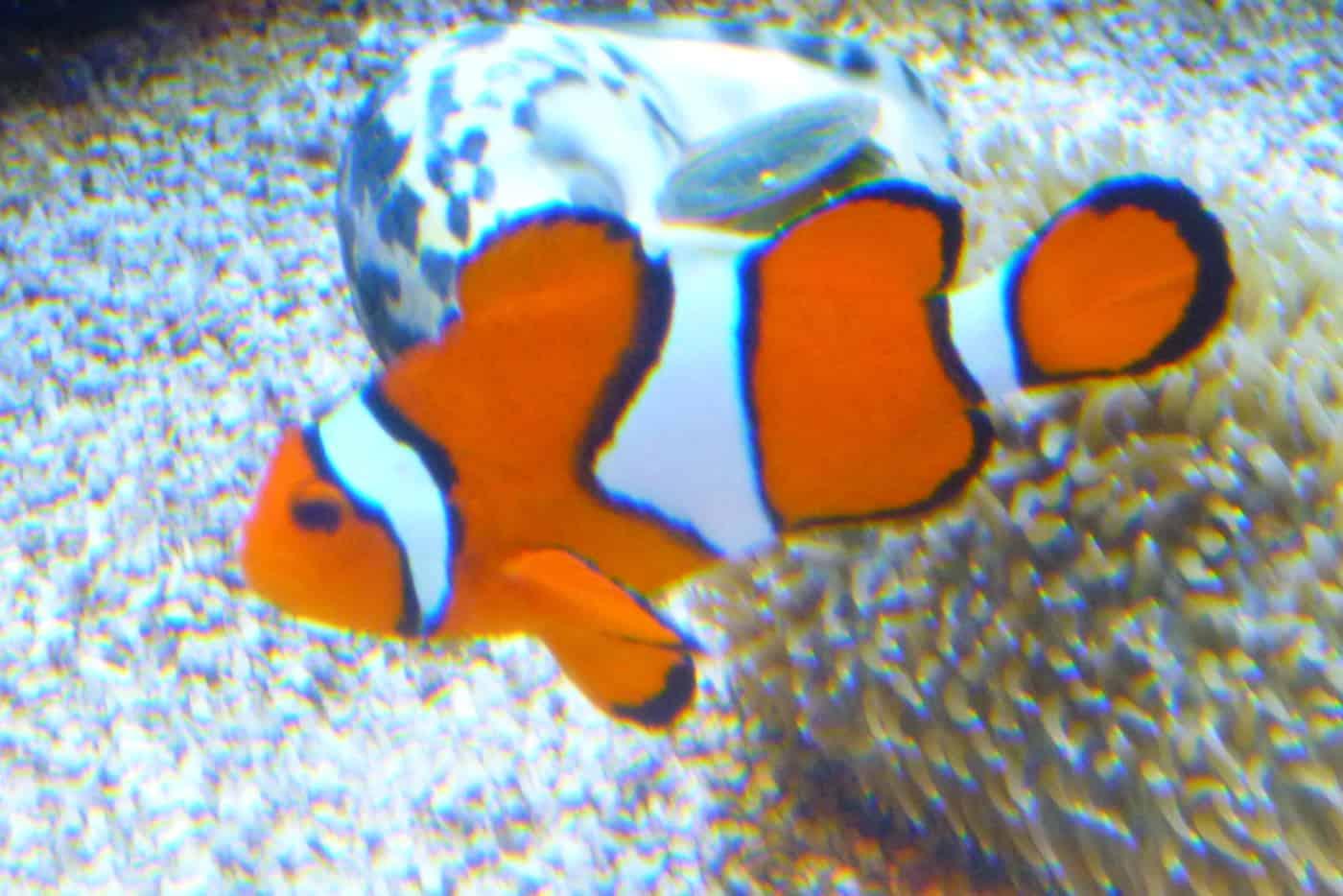
Clownfish are known for living in anemones to protect themselves from predators. In exchange, the anemones get food (fish waste) and another line of defense!
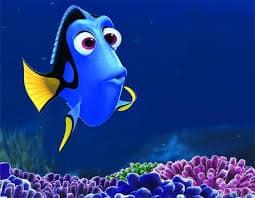
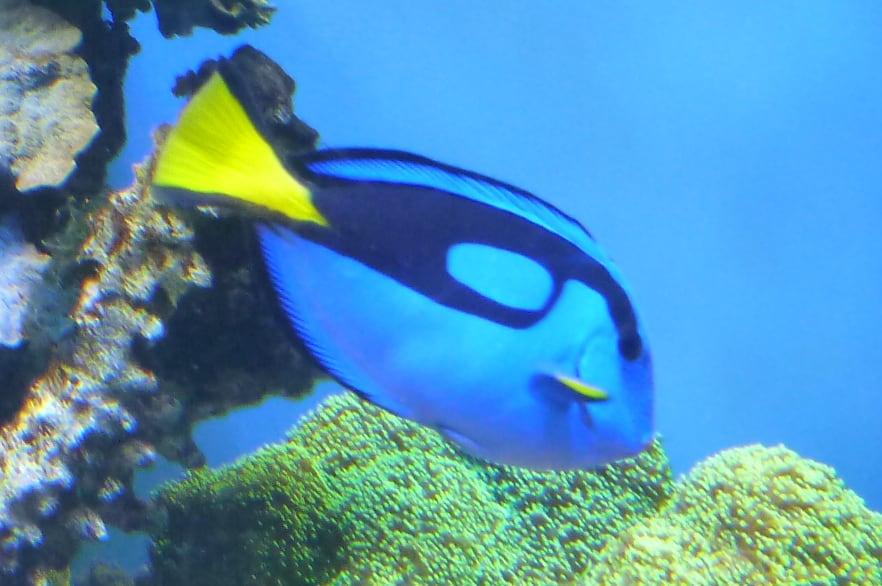
Just calling these fish “Blue Tang” can be misleading. There are three different species of fish that can be considered Blue Tangs. This particular species, Paracanthurus hepatus, is at home in the Indo-Pacific waters.
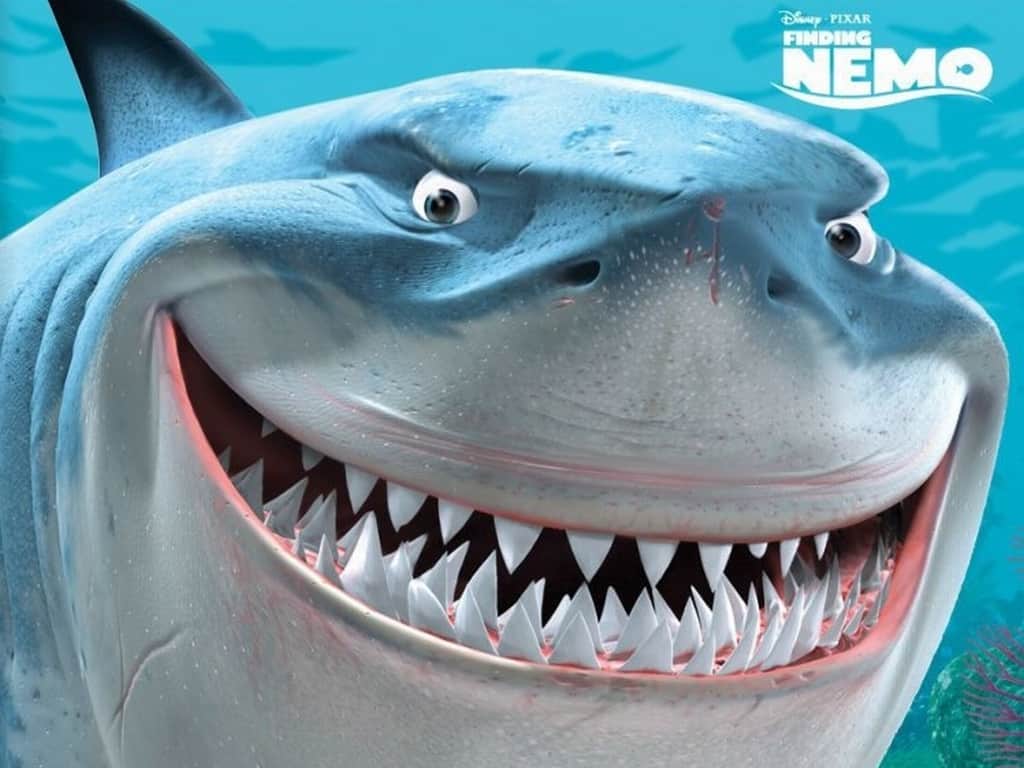
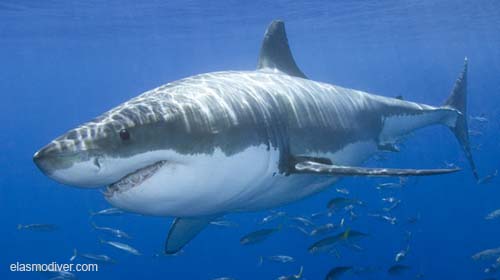
Great white sharks are known for being fearsome predators. They are not the mindless killing machines that all people believe them to be. For more information about the fascinating world of the great white shark, check out Shark Week on the Discovery Channel.
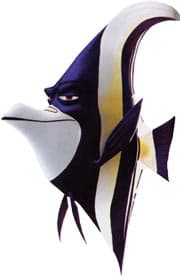
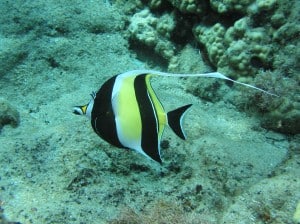
Moorish Idols are believed to have gotten their name from the Moors of Africa. They thought that the fish was a bringer of happiness. They are very tricky to keep as aquarium fish. They are very sensitive to stress and have a relatively short lifespan.

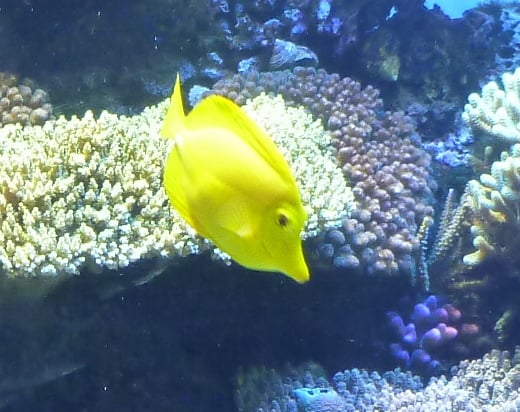
Like we mentioned in our previous post, a yellow tang can make a great addition to a home saltwater aquarium. Remember to only get one for your tank! They can become aggressive if there is more than one of them per tank. They love munching veggies too!
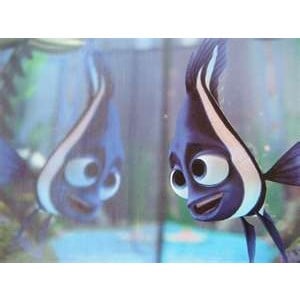
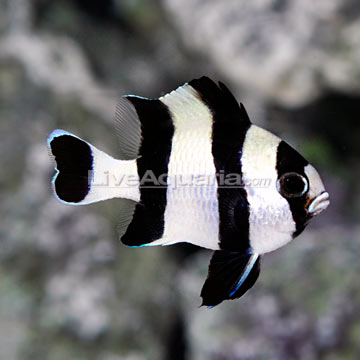
Like its damselfish cousin, the Blue Damselfish, the Striped Damselfish is very territorial and will attack anything that enters its territory (even if it’s your cleaning brush!) Remember, if you are adding a damselfish to your tank, make sure there is PLENTY of room for everyone to have their own space. You will want to stick to the “1 damselfish per tank” rule, no matter what species.
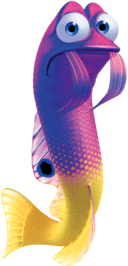
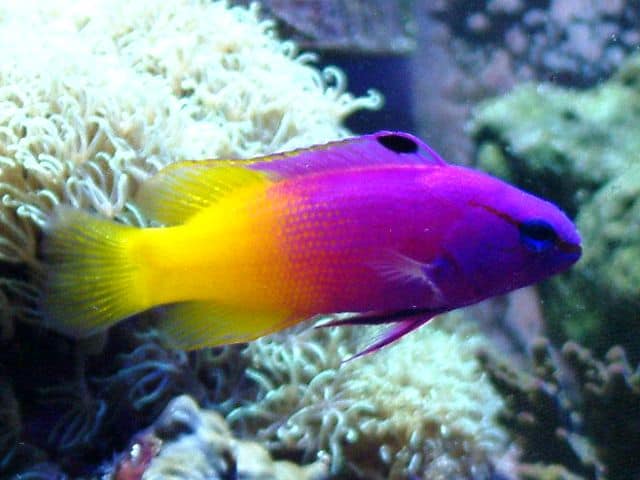
A royal gramma basslet can bring a pop of color to any home aquarium. They are good for smaller tanks, since as adults, they are rarely bigger than 3 inches. This is another for the “only 1 per tank rule,” since they are very aggressive among others of their species.

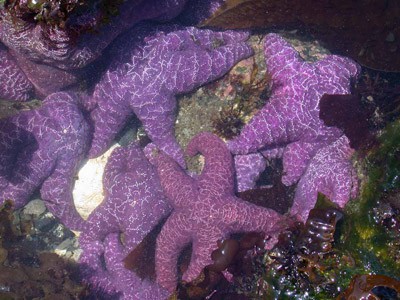
The ochre sea star or purple sea star (“sea star” not “starfish” anymore) is found on the west coast of the US. It is a vicious predator off the coast of California, eating bay mussels, barnacles, limpets and snails among other species. This particular species can live up to 20 years! Sorry to the folks at Finding Nemo, but this isn’t a tropical sea star.
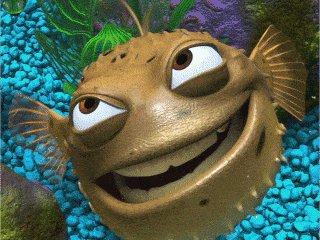
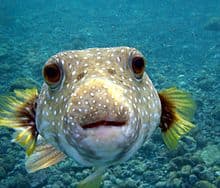
Some species of puffer fish are considered one of the most poisonous vertebrates in the world. Their liver, skin and some other organs, are highly toxic to anything that tries to eat them. They can also fill their highly elastic stomach with water and turn into a big pointy basketball. This is another defense mechanism that turns them from tasty fish into pointy sphere (not too tasty).
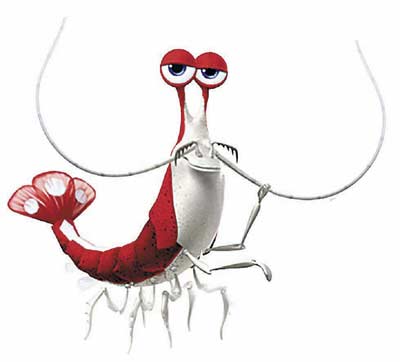
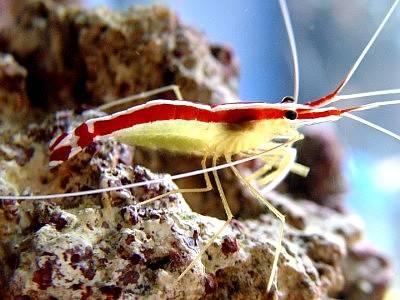
In the wild, these shrimp set up “cleaning stations.” Big fish, who normally eat shrimp, will line up and let the shrimp clean them of dead skin and parasites. The shrimp get a free meal and the fish get a clean external bill of health!
And there are all the types of fishes in Finding Nemo! We hope you enjoyed learning all about the types of fishes in Finding Nemo.

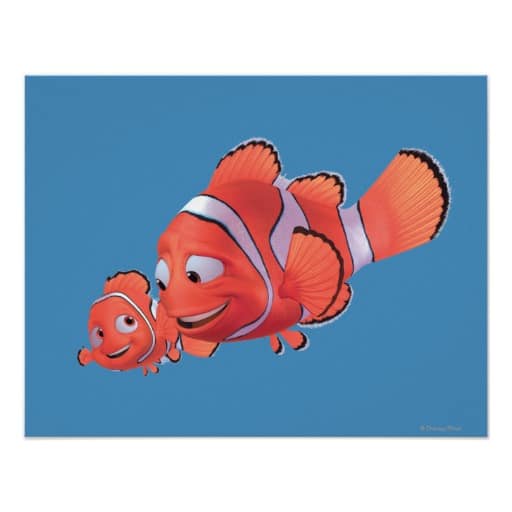
So cute and clever to get kids involved and educated…JMCG
Pingback: What Kind Of Fish Is Dory? (9 Interesting Facts) | Pet Igloo
What were the fish who grouped together to form different shapes to cheer up Dory?
There are many silver, schooling fish species, so we are not sure.
Pingback: Types Of Fish In Finding Nemo | Pet Igloo
it’s a great article, can I post it on my blog by showing a source?
Yes.
Pingback: Top 19 what type of fish is nemo (2022 Update) - allherbs - allherbs